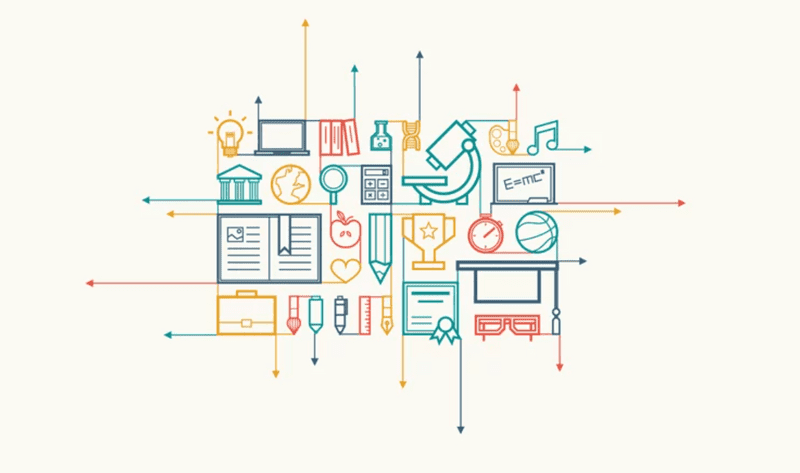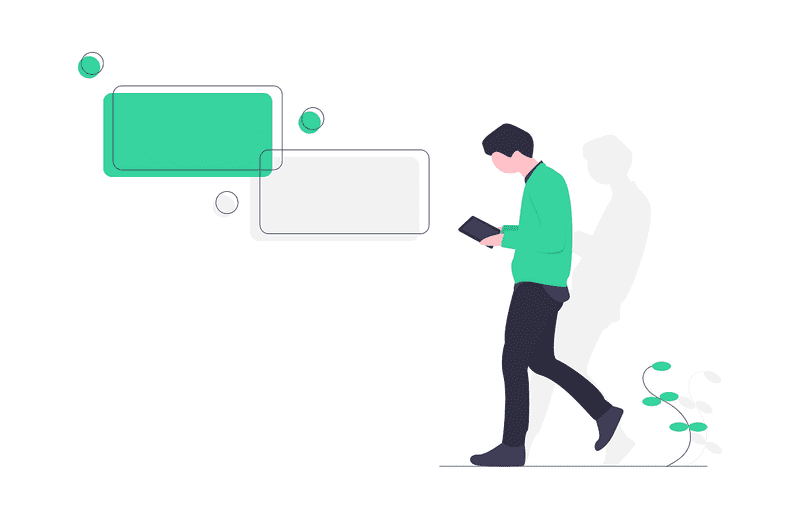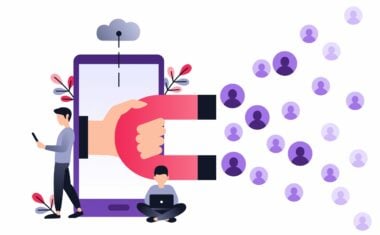Free UX Design Course
Dive into UX design with our free starter course. Transform your creative ideas into user-friendly solutions.
As the world becomes more digital and the reliance on gadgets and apps grows, the need to make them more accessible to the average user is at the forefront—and a UX designer does just that. They’re designers responsible for creating a pleasant user experience (UX). The work of a UX designer isn’t a luxury. It’s not something you add to your product to make using it easier. In most cases, good UX design can mean the difference between a usable app and a waste of time and resources for developers.
In order for their designs to result in a pleasant user experience, UX designers need to be understanding of their target audience’s specific wants and need as a demographic, not as individuals. While a good UX design aims to please as many users as possible, meeting the needs and wants of individual users is simply not feasible. The goal is to find the delicate balance between universal and inclusive designs—designs that cater to all and designs that cater to few.
UX is required to consider the broad spectrum of needs when designing websites and apps for all audiences. But what is the difference between Universal Design (UD) and Inclusive Design (ID)? Read this guide to understand the difference between these two approaches and find out how UX can blend these two approaches.
What Is Universal Design?

As the name suggests, universal design is a type of design that makes a product or tool easy to use and accessible to the largest number of users possible regardless of their ability, disability, age, and gender. The best way to accommodate the biggest number of users is by embedding flexibility into your design, providing intuitive navigation, and having tolerance for errors.
Design flexibility often consists of providing a dark mode for your app or the ability to change text size and font. As for intuitive use, the app or software needs to be easy to use, even for individuals who’ve never used it before. This can be achieved by clearly labeling buttons and menus and using icons and graphics that correspond to the actions. A good digital product doesn’t reach its full UX potential if it doesn’t give users room for error as they pass the learning curve. This includes allowing users to undo certain changes and sending out message boxes that explain what they’re about to do and offering the ability to reverse their actions.
When it comes to universal design, the keyword is accessibility. Accessible design focuses on ensuring no user faces any unnecessary barrier when using the product. It accommodates people of varying cognitive, physical, and technical abilities.
However, accessibility is one design element that doesn’t rely on the web designer’s experience or intuition. Proper implementation of accessibility to achieve universal design depends on continuously evaluating the current design of products, as well as testing the products and listening to user feedback from different demographics. Users sharing their own experiences can be critical to any mainstream product. Contrary to popular belief, accessibility in design isn’t only to help the physically and mentally disabled, it also improves usability and provides convenience for everyone.
What Is Inclusive Design?

If universal design is for everyone, then inclusive design focuses on reaching more people who suffer from exclusion by the status quo. Inclusive design looks at the diverse experiences people go through that might otherwise prevent them from comfortably using the product.
Inclusive design is closer to being a methodology or ideology in design rather than a checklist of features to implement. Inclusive design is a continuous process that doesn’t end with the product’s initial release. One example where UX designers can be more inclusive is by adding transcripts and closed captions to any audio as it plays. Not only is this addition helpful to people with permanent or temporary hearing disabilities, but it also allows people in loud spaces to use it.
Get To Know Other Design Students
Sadie Rubio
UX Designer And Researcher at Lumea
Josh Abenojar
Senior Consultant, User Experience Design at Booz Allen Hamilton at Booz Allen Hamilton
Mireya Luna
Student at Springboard UI/UX Design Bootcamp
Inclusive design goes beyond accessibility by providing comfort—making users feel welcome regardless of their background. For instance, consider an app that flips its entire layout horizontally when dealing with text alternatives and changing to a language that uses right-to-left (RTL) scripts—such as Arabic, Hebrew, and Persian. Such a feature considers the cultural and linguistic needs of people beyond accessibility.
To successfully implement inclusive design and not fall into the trap of thinking your universal design is an inclusive one, you need to integrate the full range of human diversity into your design process. The first, and most obvious, step towards a more inclusive design process is to diversify your design team in terms of ethnicity, age, and gender. If you can’t expand your team, consider widening the range of perspectives when testing your product design.
Inclusive Design vs. Universal Design: Which Is Better for UX?

It all boils down to improving the user experience. Universal design takes a one size fits all approach. When utilizing universal design, UX designers may find themselves looking for the ‘average user’ of the product and end up meeting the needs and wants of an imaginary person. While more time and resource-consuming, inclusive design forces designers to innovate and communicate with their target audience and see what they want and need in a product.
Universal design can be a stepping stone for many early-stage projects. But it’s limited in its reach, especially with both digital and physical markets becoming more diverse and global than ever before. Finding ways to serve all potential users regardless of their demographic or background can result in an improved user experience. Universal design might force UX designers to categorize anyone who doesn’t fit within the box of an ‘average user’ as an ‘edge case,’ resulting in them ignoring their needs. On the other hand, inclusive design accommodates both the average user and people with unique circumstances.
While inclusive design is the best practice for UX designers, it comes with its own challenges. Since there isn’t a one-size-fits-all solution and there usually aren’t previous applications they can use for guidance or inspiration, UX designers would have to start from scratch with every new product.
Inclusive design is more time, energy, and resource-intensive, but it makes up for its shortcomings by resulting in products with the greatest numbers of potential users. Inclusively designed products are also open to adaptation and only require occasional small tweaks instead of complete redesigns.
Since you’re here…
Interested in a career in UX design? Rise to the top of the CV pile when you enroll in our UX Bootcamp—you’ll get a UX job or your tuition money back. Take a look at our student reviews and test out our free UX course to get a feel for our style and results. TL;DR: average starting salaries for our students = $85,440. Let’s do this.





![How to Become an Information Architect [2023 Career Guide]](https://www.springboard.com/blog/wp-content/uploads/2020/07/how-to-become-an-information-architect-2023-career-guide.jpeg)
